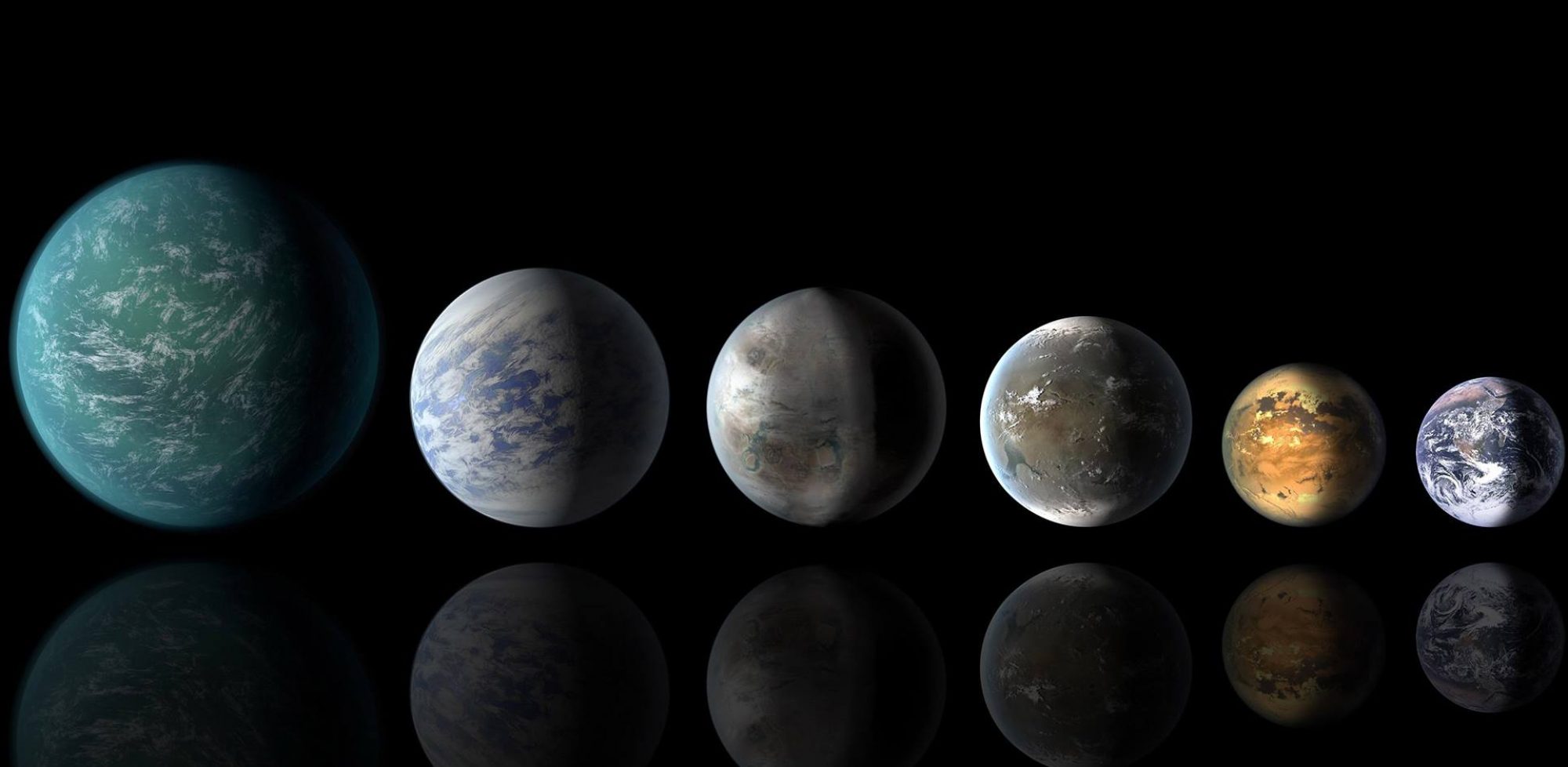Among the most eagerly awaited results from the early observations of the James Webb Space Telescope (JWST) is whether or not the seven rocky planets of the TRAPPIST-1 system have atmospheres. The TRAPPIST-1 planets are close to us (40 light-years away), are all solid rather than gaseous, and they orbit a cool and small sun …
The Virtual Planetary Lab and Its Search for What Makes an Exoplanet Habitable, or Even Inhabited
For more than two decades now, the Virtual Planetary Laboratory (VPL) at the University of Washington in Seattle has been at the forefront of the crucial and ever-challenging effort to model how scientists can determine whether a particular exoplanet is capable of supporting life or perhaps even had life on it already. To do this, …
The World’s Most Capable Space Telescope Readies To Observe. What Will Exoplanet Scientists Be Looking For?
The decades-long process of developing, refining, testing, launching, unfurling and now aligning and calibrating the most capable space telescope in history is nearing fruition. While NASA has already released a number of "first light" images of photons of light moving through the James Webb Space Telescope's optical system, the jaw-dropping "first light" that has all …
Weird Planets
The very first planet detected outside our solar system powerfully made clear that our prior understanding of what planets and solar systems could be like was sorely mistaken. 51 Pegasi was a Jupiter-like massive gas planet, but it was burning hot rather than freezing cold because it orbited close to its host star -- circling …
The Architecture of Solar Systems
Before the discovery of the first exoplanet that orbits a star like ours, 51 Pegasi b, the assumption of solar system scientists was that others planetary systems that might exist were likely to be like ours. Small rocky planets in the inner solar system, big gas giants like Jupiter, Saturn and Neptune beyond and, back …
Can You Overwater a Planet?
Water worlds, especially if they have no land on them, are unlikely to be home to life, or at least life we can detect. Some of the basic atmospheric and mineral cycles that make a planet habitable will be absent. Cool animation of such a world. (NASA) Wherever we find water on Earth, we find …
Can You Overwater a Planet?
https://exoplanets.nasa.gov/system/video_items/107_WaterWorldHiH264.mp4 Water worlds, especially if they have no land on them, are unlikely to be home to life, or at least lifewe can detect. Some of the basic atmospheric and mineral cycles that make a planet habitable will be absent. Cool animation of such a world. (NASA) By guest columnist Elizabeth Tasker Wherever we …
A Solar System Found Crowded With Seven Earth-Sized Exoplanets
Seven planets orbiting one star. All of them roughly the size of Earth. A record three in what is considered the habitable zone, the distance from the host star where liquid water could exist on the surface. The system a mere 40 light-years away. The latest impressive additions to the world of exoplanets orbit the …
Continue reading "A Solar System Found Crowded With Seven Earth-Sized Exoplanets"
A Solar System Found Crowded With Seven Earth-Sized Exoplanets
Seven planets orbiting one star. All of them roughly the size of Earth. A record three in what is considered the habitable zone, the distance from the host star where liquid water could exist on the surface. The system a mere 40 light-years away. The latest impressive additions to the world of exoplanets orbit the …
Continue reading "A Solar System Found Crowded With Seven Earth-Sized Exoplanets"
Rocky, Close and Potentially Habitable Planets Around a Dwarf Star
Forty light-years away is no small distance. But an announcement of the discovery of two planets at that separation that have been determined to be rocky and Earth-sized adds a significant new twist to the ever-growing collection of relatively close-by exoplanets that just might be habitable. The two planets in the TRAPPIST-1 system orbit what …
Continue reading "Rocky, Close and Potentially Habitable Planets Around a Dwarf Star"
